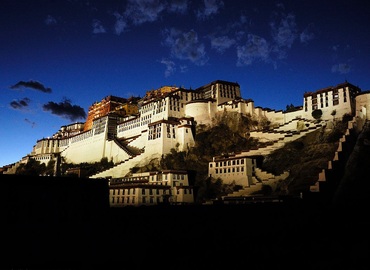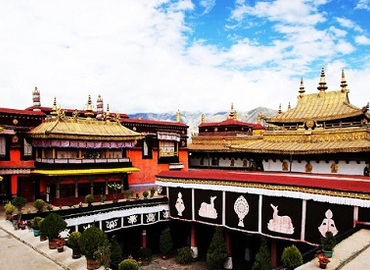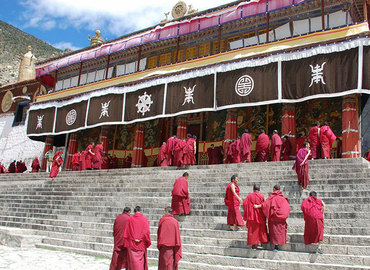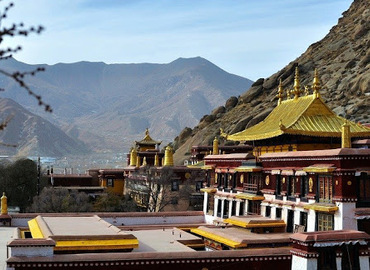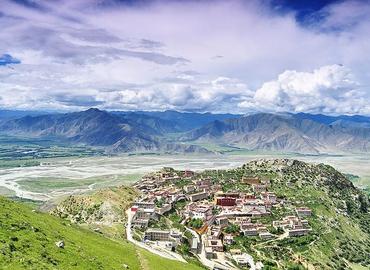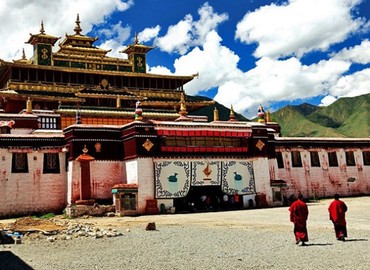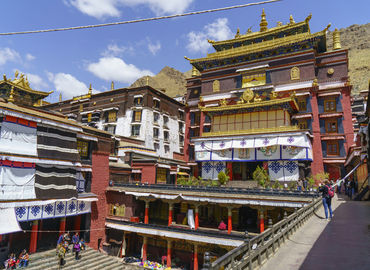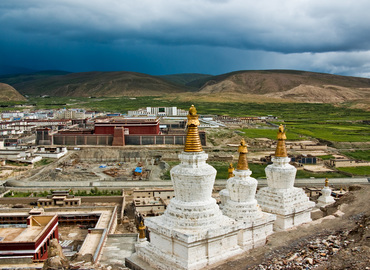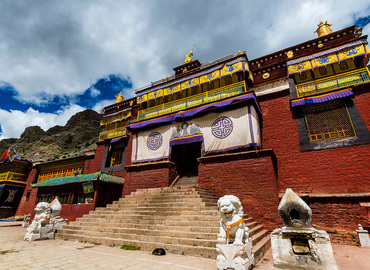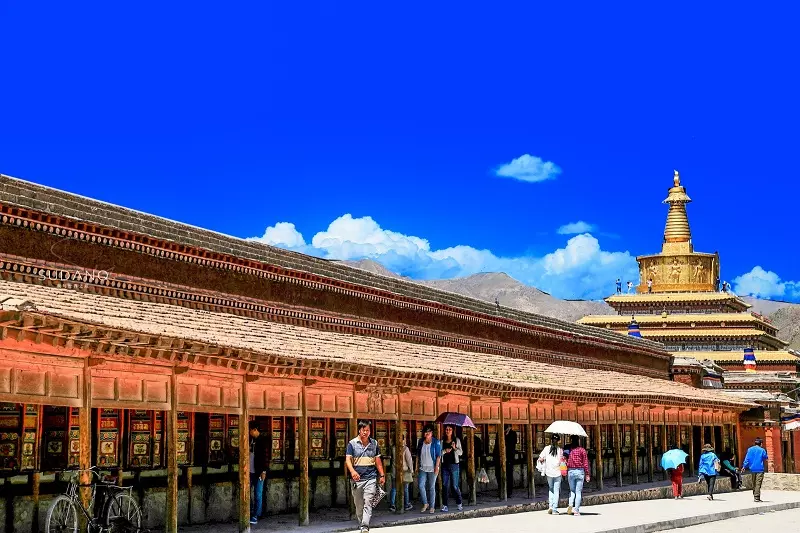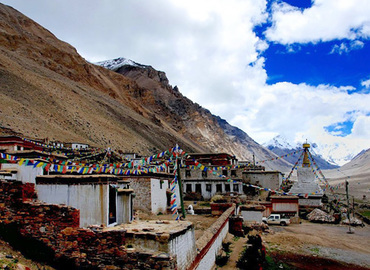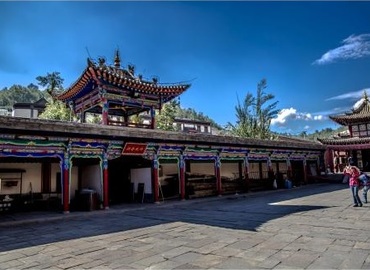Most Famous Tibetan Monasteries and Temples
Tibet, a place where the air is filled with Tibetan Buddhism atmosphere. According to statistics, there are more than 1,700 temples in Tibet so Tibetan monasteries and temples can be seen everywhere. Tibetan monasteries and temples have a profound influence on the cultural spread. It's no exaggeration to say that Tibetan Buddhism is the foundation of Tibetan culture. During your journey in Tibet, travelers will visit many historical and significant monasteries and temples to understand the deep-rooted culture.
There is the largest Buddhist monastery in the world, the beginning of the reincarnation of living Buddhas, the most sacred temple... so which temples must be visited? The most famous ones are the Potala Palace, Jokhang Temple, Drepung Monastery, Sera Monastery, Ganden Monastery, Tashilhunpo Monastery, Samye Monastery, Sakya Monastery, etc.
Most Famous Tibetan Monasteries and Temples
Monasteries and Temples by Region
Lhasa
- Potala Palace
- Jokhang Temple
- Ganden Monastery
- Sera Monastery
- Drepung Monastery
- Norbulingka
- Ramoche Temple
- Pabonka Monastery
- Canggu Nunnery
- Drolma Lhakhang Monastery
- Reting Monastery
- Tsurphu Monastery
- Nalendra Monastery
- Drigung Til Monastery
- Drak Yerpa
- Tidrum Nunnery
- Shugshep Nunnery
- Talung Monastery
Shigatse
- Tashi Lhunpo Monastery
- Sakya Monastery
- Yungdrungling Monastery
- Rongbuk Monastery
- Narthang Monastery
- Shalu Monastery
Lhoka
Ngari
Gyantse
Nyingchi
Chamdo
Nagqu
Taboos for Visiting Monasteries
- Please do not enter any monastery or temple without consent, and do not smoke in the temple. It's no problem to watch the objects in the temple but it's not allowed to touch the Buddha statues, scriptures, and photos without permission, let alone take pictures or record videos. For most Tibetan monasteries and temples, you should visit in a clockwise direction, but for Bon religion's monasteries and temples, please visit in a counter-clockwise direction.
- In order to avoid the embarrassment of being blocked and not allowed to enter, please do not wear short sleeves, shorts, slippers, or short skirts. After getting into the hall, you should take off your hat and sunglasses. Not to step on the threshold with your feet.
- When encountering religious facilities such as mani stone piles and pagodas carved with scriptures in the monastery, please go around from left to right.
- Do not cross monk’s seats, utensils, clothing, and various blessing bowls, as well as the Buddhist statues and sutras.
- Do not talk loudly, sing, dance, play, or kill lives in or around the monasteries and temples.
- Do not use paper with written scriptures as tissue to wipe things.
Most Related Articles
- Tibetan Buddhism
- Top Ten Tibetan Monasteries
- The Gelug Sec of Tibetan Buddhism
- The Nyingma Sec of Tibetan Buddhism
- The Sakya Sec of Tibetan Buddhism
- The Kagyu Sect of Tibetan Buddhism
- Tibetan Monks
- Bon - the Indigenous Religion of Tibet
- Kasaya - Tibetan Buddhist Monastic Robe
- Tibetan Buddhism Colors
- Tibetan Buddhism Facts
- Tibetan Prostrations
- 8 Auspicious Symbols of Tibetan Buddhism
- Tibetan Music Bowls
- Tibetan Monk Hat
- Tibetan Stupa
- Top 8 Ritual Items of Tibetan Buddhism
- Tibetan Deities
- More Info About Tibetan Buddhism
- Prayer Wheel
- Demonic Deities
- Cham Dance


